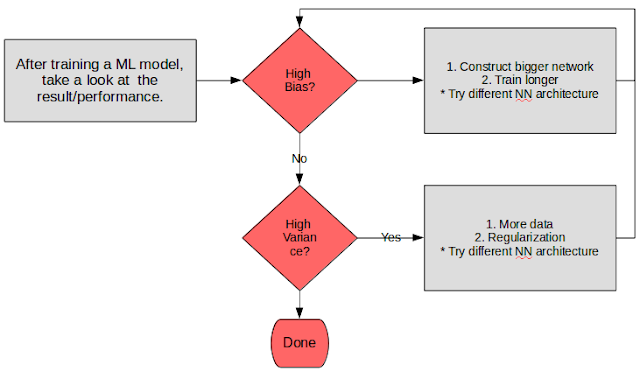SS7 Architecture
Below is a picture depicting the SS7 architecture.

With SS7, a packet data network overlays and controls the operation of the underlying voice networks, signaling information is carried on an entirely different path than voice and data traffic. Signaling in essence does not take a lot of time, hence it is possible to multiplex many signaling messages over one channel - and that's why the signaling system is a packet network.
SS7 entire architecture performs out-of-band signaling (in which conversation and signaling take over different paths). It (the architecture) defines the procedure for the setup, ongoing management, and clearing of a call, and it enables the passing along of customer-related information that helps in routing calls.
The key components of SS7 are:
1. SSP:Service-switching points
Them switches that originate and terminate calls. It serves as the source and destination point for the SS7 messages
2. STP: Signal transfer point
Responsible for translating the SS7 messages between the appropriate nodes and databases. Notice the redundancy of links in the diagram.
3. SCP: Service control points
The network element that interfaces with SCP and STP. It is the network element that contains the network configuration and call-completion database, which means it contains the service logic to act on the types of calls and features the users are requesting. It contains the service logic, basically the softwares and databases; which enables it to handle the management of calls.
SS7 enables a telephone company to offer one database to several switches, thereby freeing up switch capacity for other functions, and this is what makes it the foundation for intelligent network (IN) and advanced intelligent network (AIN).
With SS7, a packet data network overlays and controls the operation of the underlying voice networks, signaling information is carried on an entirely different path than voice and data traffic. Signaling in essence does not take a lot of time, hence it is possible to multiplex many signaling messages over one channel - and that's why the signaling system is a packet network.
SS7 entire architecture performs out-of-band signaling (in which conversation and signaling take over different paths). It (the architecture) defines the procedure for the setup, ongoing management, and clearing of a call, and it enables the passing along of customer-related information that helps in routing calls.
The key components of SS7 are:
1. SSP:Service-switching points
Them switches that originate and terminate calls. It serves as the source and destination point for the SS7 messages
2. STP: Signal transfer point
Responsible for translating the SS7 messages between the appropriate nodes and databases. Notice the redundancy of links in the diagram.
3. SCP: Service control points
The network element that interfaces with SCP and STP. It is the network element that contains the network configuration and call-completion database, which means it contains the service logic to act on the types of calls and features the users are requesting. It contains the service logic, basically the softwares and databases; which enables it to handle the management of calls.
SS7 enables a telephone company to offer one database to several switches, thereby freeing up switch capacity for other functions, and this is what makes it the foundation for intelligent network (IN) and advanced intelligent network (AIN).

Comments